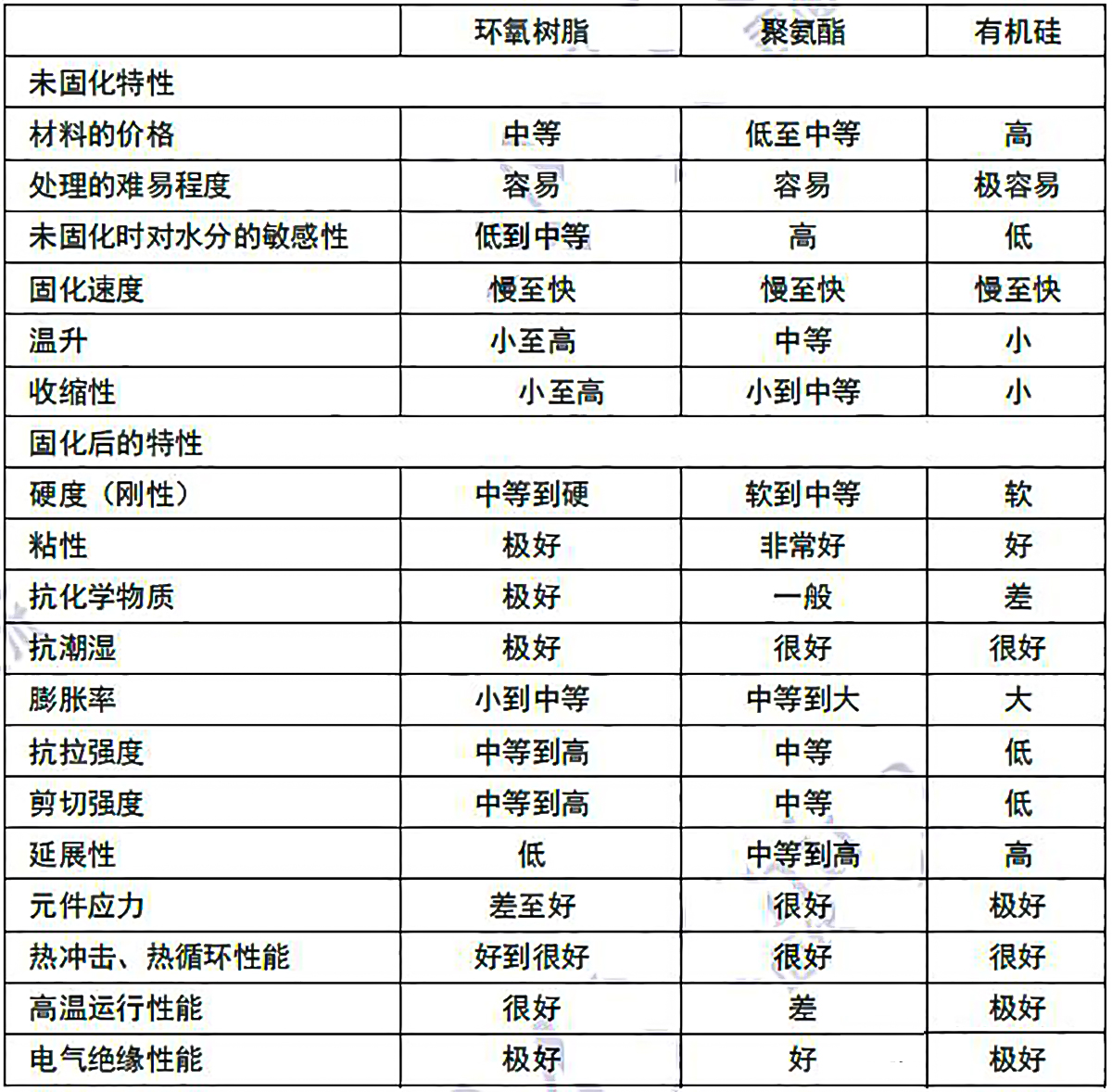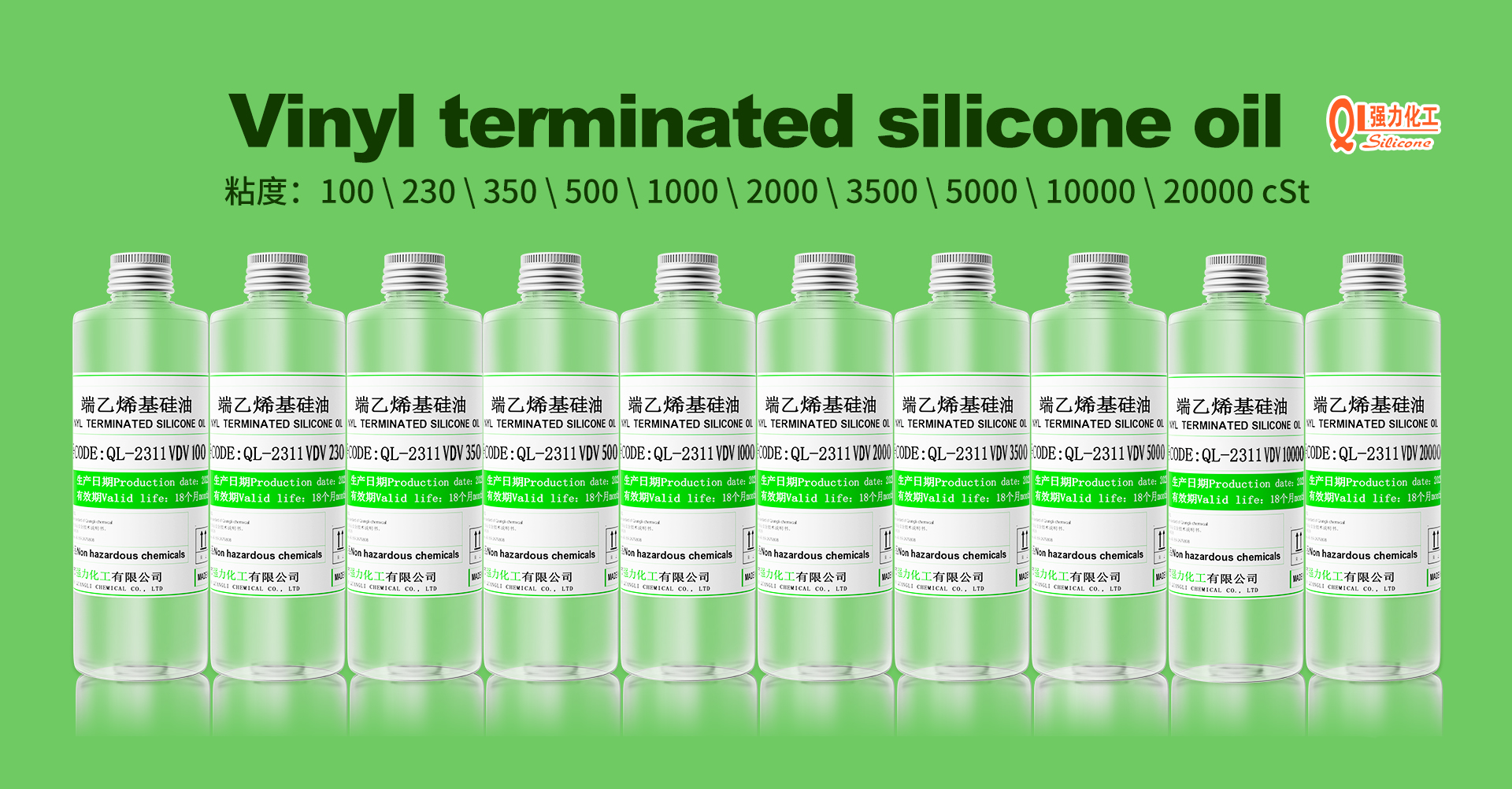Inside the power battery module, heat transfer, shock absorption, sealing, solder joint protection, etc., there are more than one or two places where glue is applied. Today, from the perspective of heat-conducting potting glue, three types of epoxy resin glue, silicone rubber, and polyurethane are sorted out. The properties and process methods of thermally conductive adhesives corresponding to the main substrates.
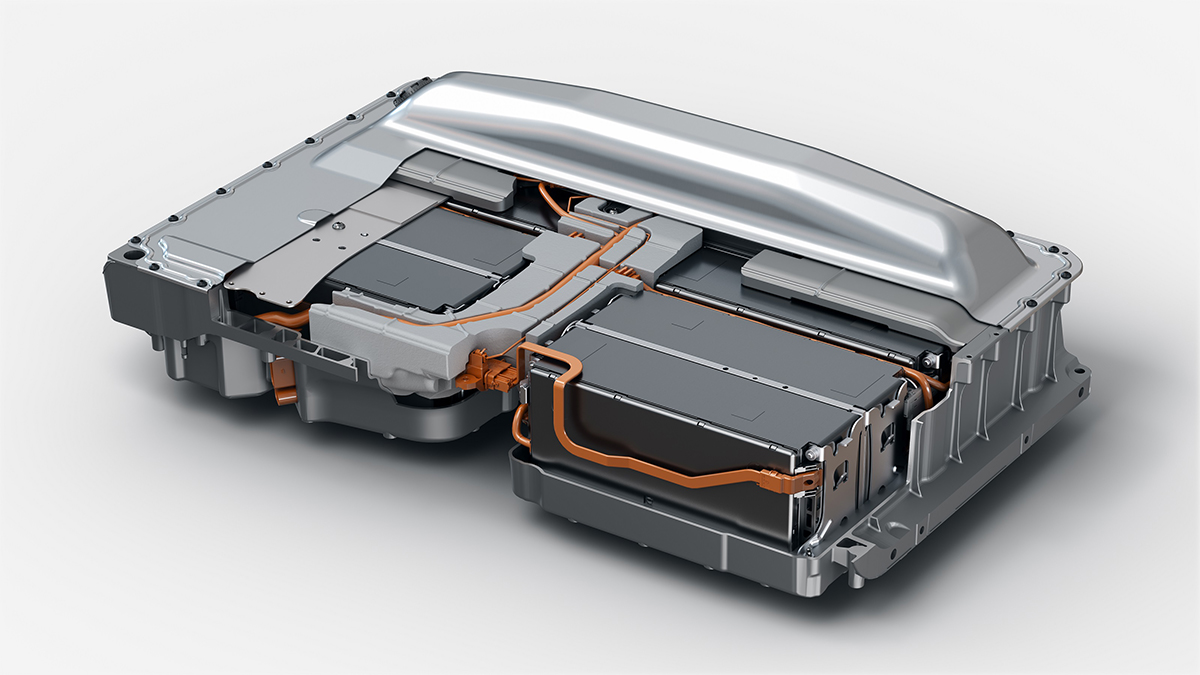
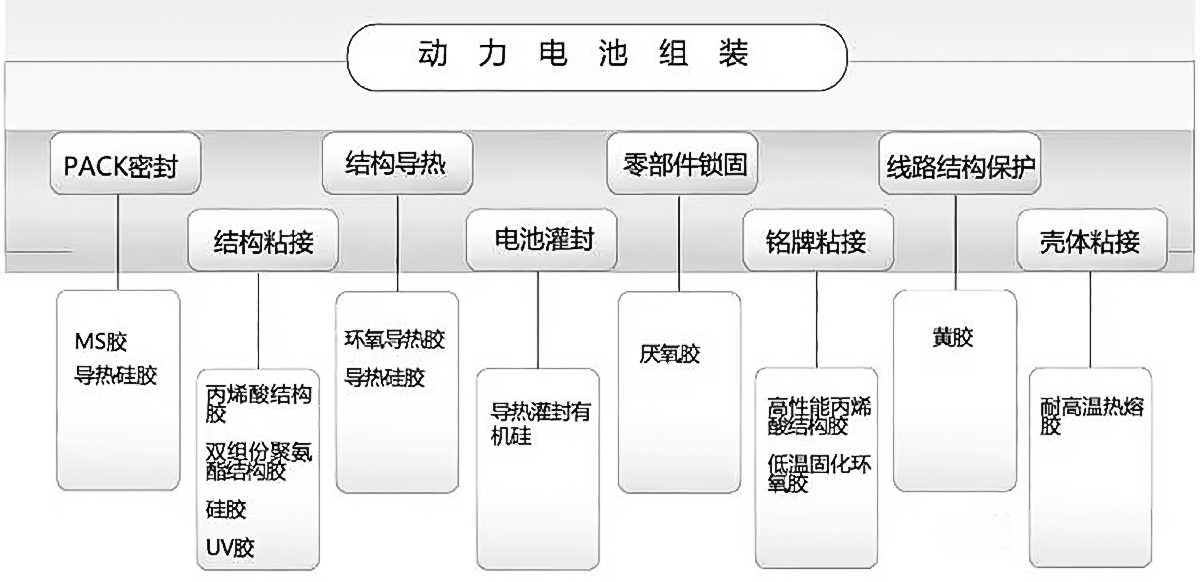
1. Intrinsic heat conduction and filler heat conduction
The thermal conductive adhesive is made by filling the thermally conductive filler in the polymer material matrix, and its thermal conductivity mainly depends on the type of filler, and is also related to the distribution of the filler in the matrix. Therefore, the amount of filler, particle size, surface treatment, etc. will all affect the thermal conductivity of epoxy thermally conductive adhesives. Thermal conductivity is best when the filler can be evenly distributed in the epoxy matrix and the filler can be used in the right amount to form a thermally conductive path. Generally, the larger the particle size, the easier it is to form a heat conduction path, and the better the heat conduction performance. For filled thermally conductive adhesives, the interface is the main reason for the formation of thermal resistance. By modifying the filler surface and enhancing the interface force, the thermal conductivity can be improved to a certain extent.
2. Intrinsic thermally conductive adhesive
Instead of using thermally conductive fillers, the thermal conductivity is enhanced by changing the molecular chain structure of the polymer during the molding process, thereby changing the crystallinity. Due to the polydispersity of relative molecular weight, it is difficult for polymers to form a complete lattice. At present, structural polymers with high thermal conductivity prepared by chemical synthesis mainly include polyaniline, polyacetylene, polypyrrole, etc. They mainly rely on intramolecular conjugated II bonds for electronic heat conduction, and these materials usually also have excellent electrical conductivity. Performance. Intrinsic thermally conductive adhesives are not chosen by people due to their complex production process and poor implementability.
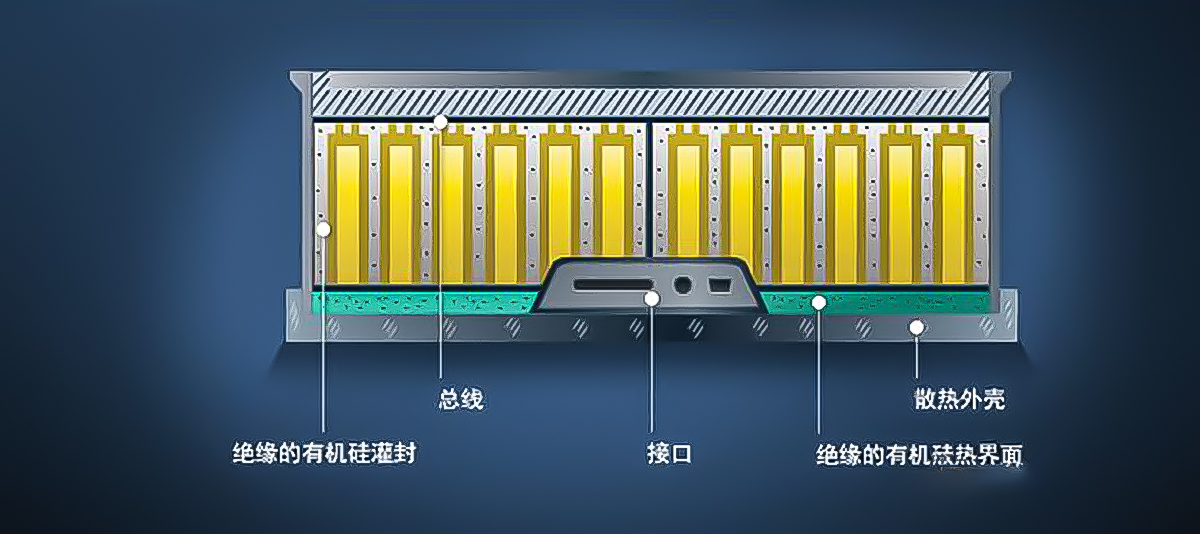
Filled Thermally Conductive Adhesives
By controlling the distribution of fillers in the matrix, a continuous thermal conduction network is formed, thereby enhancing the thermal conductivity of the adhesive. Commonly used thermally conductive fillers include metal materials (Fe, Mg, Al, Cu, Ag), carbon-based materials (carbon nanotubes, graphene, graphite), oxides (Al2O3, ZnO, BeO, SiO2), nitrides (AlN, BN, Si3N4). Among them, metal materials and carbon-based materials are mostly non-insulating materials, and metal oxides and nitrides are mostly insulating materials. As a thermally conductive filler, it should have the following basic requirements: high thermal conductivity, no reaction with the polymer matrix, good chemical and thermal stability, etc. The thermal conductivity of the composite material formed by thermally conductive fillers and polymers depends on the thermal conductivity of the filler itself, the filling of the filler in the matrix resin, and the interaction between the filler and the matrix. According to the different filled inorganic materials, filled thermally conductive adhesives are divided into thermally conductive and insulating adhesives and thermally conductive non-insulating adhesives. Commonly used insulating fillers include Al2O3, AlN, SiO2, etc., and non-insulating fillers include Ag, Cu, graphite, carbon nanotubes, etc.
Beryllium oxide has the highest thermal conductivity among oxide insulating materials, but it is not used by people due to its high toxicity. Silicon oxide and aluminum oxide have excellent electrical insulation properties and are cheap, so they are widely used. Among nitride insulating materials, silicon nitride and boron nitride have become research hotspots due to their high thermal conductivity and low thermal expansion coefficient, but their high price limits their application in industrial production. For non-insulating fillers, carbon-based materials mainly include graphene, which has high thermal conductivity and good electrical conductivity, and is suitable for thermally conductive non-insulating adhesives. It is also possible to combine graphene with polymers with excellent electrical insulation properties to obtain thermally conductive and insulating adhesives. At present, the main thermally conductive adhesives on the market are filled thermally conductive adhesives.
Typical insulating filler thermal conductivity
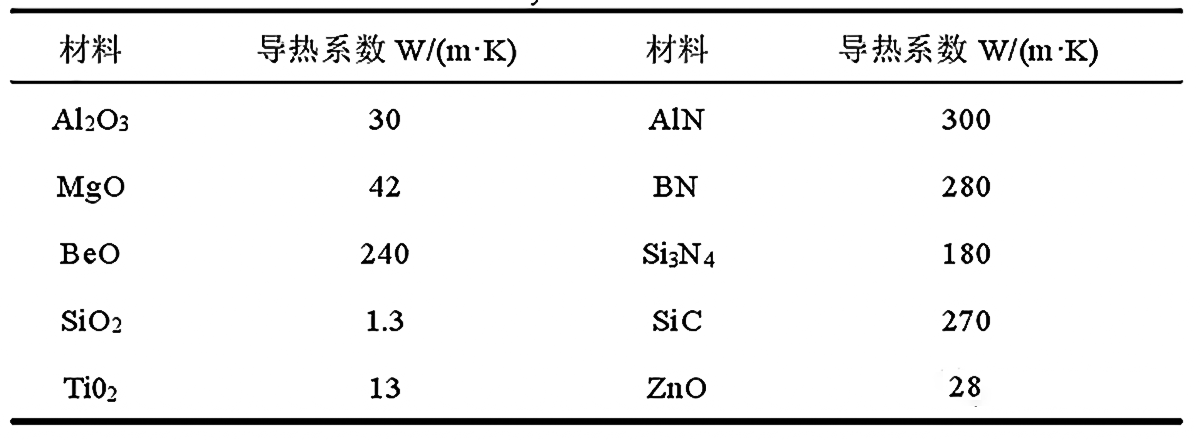
Comparison of Three Main Potting Compounds
Advantages and disadvantages
Potting glue is a broad term. Originally, it was mainly used for bonding, sealing, potting and coating protection of electronic components. Now we mention them mainly because potting glue, especially silica gel, is more and more popular in the world. Applications in power battery systems.
Potting materials can be divided into:
Epoxy resin potting glue: one-component epoxy resin potting glue, two-component epoxy resin potting glue;
Silicone rubber potting compound: room temperature vulcanized silicone rubber, two-component addition molding silicone rubber potting compound, two-component condensation type silicone rubber potting compound;
Polyurethane potting glue: two-component polyurethane potting glue;
silicone rubber
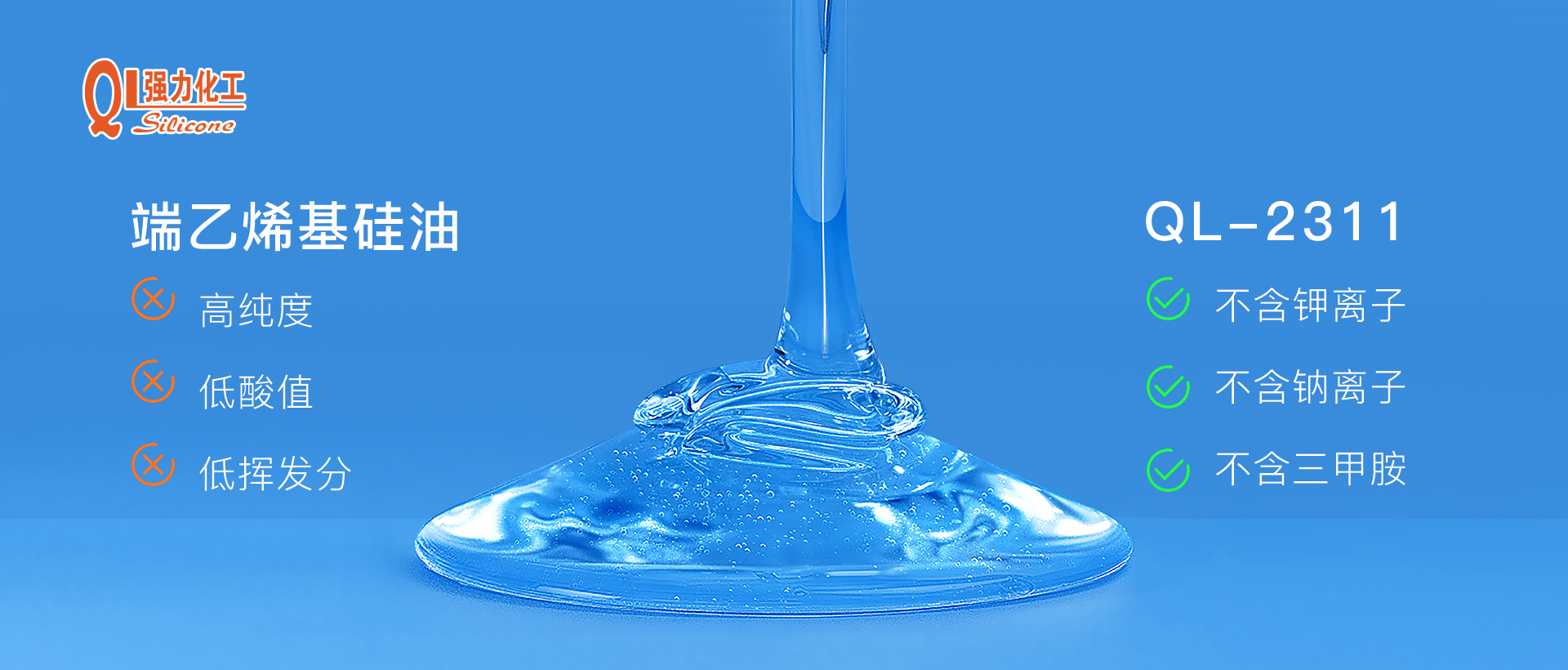
Advantages: The material of the silicone potting compound is soft after curing, and it has two forms of solid rubber and silicone gel, which can eliminate most of the mechanical stress and play a shock-absorbing protective effect. It has stable physical and chemical properties, good high and low temperature resistance, and can work for a long time in the range of -50~200°C. Excellent weather resistance, it can still play a good protective role outdoors for more than 20 years, and it is not easy to yellow. It has excellent electrical performance and insulation ability. After potting, it can effectively improve the insulation between internal components and lines, and improve the stability of electronic components. With excellent rework capability, the sealed components can be quickly and conveniently taken out for repair and replacement.
Disadvantages: The bonding performance is slightly poor.
Application range: suitable for potting all kinds of high-end precision/sensitive electronic devices that work in harsh environments. Such as LED, display screen, photovoltaic material, diode, semiconductor device, relay, sensor, car ballast HIV, car computer ECU, etc., mainly play the role of insulation, moisture proof, dust proof and shock absorption.
With the rapid development of electronic technology, silicone rubber will undoubtedly become the best potting material for potting protection of sensitive circuits and electronic devices due to its many excellent properties.
Longitudinal comparison of performance
Cost: silicone resin > epoxy resin > polyurethane;
Note: The cost of the condensation type in silicone resin is close to that of epoxy resin, and the modified epoxy resin is also close to PU;
Manufacturability: epoxy resin > silicone resin > polyurethane;
Note: Because of its hydrophilicity, PU must be vacuum-dried to obtain a better cured product. If there is no need for vacuum and drying, the cost is too high. Therefore, although hot-melt is heated, dissolved and poured, overall its operability Still much simpler than PU;
Electrical properties: epoxy resin > silicone resin > polyurethane;
Note: Addition-type silicone or paraffin and other types of hot melt, some electrical properties are even higher than epoxy, such as surface resistivity;
Heat resistance: silicone resin > epoxy resin > polyurethane;
Note: The heat resistance of cheap PU is not much better than that of thermal sol;
Cold resistance: silicone resin > polyurethane > epoxy resin;
Note: The low-temperature characteristics of many thermal sols are actually very good, so in many cases, epoxy should be ranked last;
Silicone rubber can maintain elasticity in a wide temperature range for a long time, does not absorb or release heat during vulcanization, and has excellent electrical properties and chemical stability. It is the material of choice for potting electronic and electrical assemblies.
Room temperature vulcanization (RTV) silicone rubber is divided into condensation type and addition type according to the vulcanization mechanism, and is divided into one-component type and two-component type according to the packaging form. Condensed silicone rubber usually emits low molecular weight substances during vulcanization. Therefore, it should be placed for a period of time after potting, and it can be used after the low molecular weight is volatilized as much as possible. Addition type RTV silicone rubber has excellent electrical strength and chemical stability, weather resistance, water resistance, moisture resistance, shock resistance, non-corrosive, non-toxic, tasteless, easy to pour, can be vulcanized deeply, low shrinkage, simple operation, and can be used at -65 ~ It can be used for a long time at 200 ℃; however, care should be taken not to contact with N, P and metal organic salts during use, otherwise the rubber compound cannot be vulcanized.
Potting basic process
The potting process can be divided into two types according to the electrical insulation treatment methods: mold forming and moldless forming; mold forming is divided into general pouring and vacuum pouring. Vacuum perfusion is generally used when other conditions are the same.
Common problems in potting
Mold design, silicone rubber is fluid when used, in order to prevent the rubber from leaking everywhere, causing waste of rubber and polluting the environment, the design of the mold is very critical. The mold design should generally achieve the following points: easy to assemble, disassemble, and demould; tightly matched to prevent rubber leakage; flat support bottom surface to ensure that the thickness of each part of the adhesive layer is basically the same during the drying process, and it is convenient to control the potting height.
Air bubbles, after air bubbles are mixed in the rubber, not only affect the appearance quality of the product, but more importantly, affect the electrical and mechanical properties of the product. For silicone rubber, due to its good toughness, air bubbles mainly affect the electrical properties of the product. The main reasons for the generation of air bubbles are: low molecular weight or volatile components produced during the reaction process; air bubbles brought in by mechanical stirring; moisture brought in by fillers that are not completely dried; narrow gaps between the original parts are not filled. hole. For two-component silicone rubber, the rubber must be fully stirred when mixing. Using a vacuum drying oven for vacuum degassing treatment can significantly improve the quality of the adhesive layer, and at the same time improve the strength and toughness.
